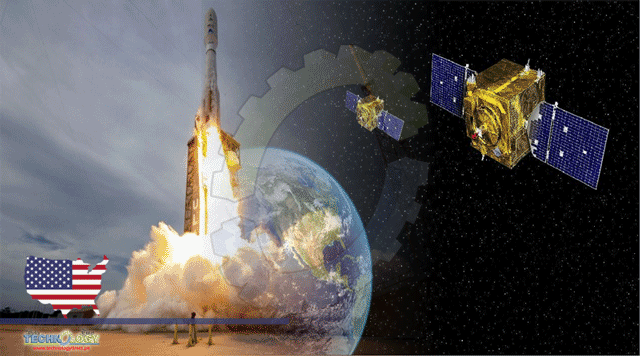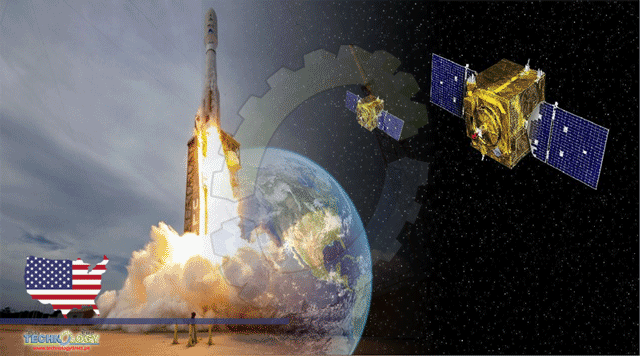The United States Space Force is now celebrating the successful launch of its GSSAP satellites that aims to orbit the planet and be its “neighborhood watch” to monitor Earth. The launch took part on Cape Canaveral, Florida, aboard the United Launch Alliance’s Atlas V that brought the satellite to the cosmos for its mission.

The US Space Force’s recent mission (USSF-8) is a success. It made a new milestone with its efforts and work to bring the GSSAP satellite to orbit, receiving help from its partner, the ULA Atlas V. The mission’s focus is to carry the payload to orbit, particularly at 22,300 miles above the equator, which is a significant distance from the planet.
Defense’s project now bears fruit as it successfully reached orbit and set up its capabilities to see the Earth from another point of view. The space leg of DoD focuses on giving people a new way to see the planet, focusing more on its overall view with stable images that only the GSSAP satellite can make.
What is the GSSAP, and What Does it Do?
The GSSAP or the Geosynchronous Space Situational Awareness Program satellites are Space Force’s take on looking at the Earth from afar, aiming to gather a more detailed image upon the process. Aboard the Atlas V, the rocket contains two satellites from USSF, with the payload releasing to orbit once it reaches the right altitude for its place.
USSF-8’s GSSAP satellite promotes more spatial awareness for humans regarding Earth that takes more distance to photograph the planet with stable views.
Space Force Missions
The US Space Force Missions are not that big or grand during its launches and missions that focus more on the country’s national interests, also involving the world. The Department of Defense’s focus on space missions partnered with space agencies like NASA, particularly with mission X-37B, along with other private or public companies.
Space Force is known for being a part of the Defense’s leadership, under one of its focus on the country’s security by bringing an anti-jamming technology under the GPS III device. The said device is a part of Lockheed Martin’s mission, also bound for the orbit to bring the technology into the US’ GPS constellation.
The GSSAP satellite would help bring a new perspective of the planet and let people see their home in a new look, made possible by the Space Force. The stable views of the planet take a day to capture the Earth with more accurate and precise details that help those that need to study it better look at humanity’s home.
Source: Tech Times
